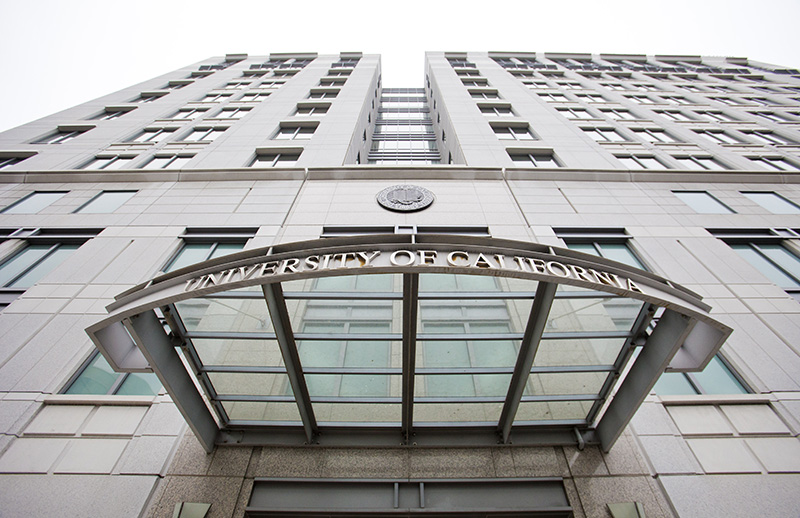UCSD physicists, in collaboration with international researchers, have recently announced that they are recanting previously made claims of having found evidence to support the theory of cosmic inflation, in which it is believed that the universe rapidly expanded following the Big Bang. The data that researchers had used to support this idea was found using the BICEP2 telescope, developed in part by UCSD and located in Antarctica.
Researchers formally recanted their claims after new contradictory evidence was presented by the European Space Agency in France on Jan. 30.
The original discovery was a collaborative effort by over 200 authors at more than 100 institutions throughout the world, including UCSD Associate Professor of Physics Brian Keating and his team of graduate and postdoctoral students.
Keating and his team were involved with the analysis of data collected from the BICEP2 and other experiments analyzing the polarization of cosmic microwave background radiation, which bears the signature of the earliest known photons.
The claims were first made in March 2014, after the BICEP2 captured traces of light on a small portion of the sky that were interpreted to have been seeded by gravitational waves originating from the Big Bang.
However, after the findings were revealed, scientists questioned whether or not what was seen on the telescope was of primordial origin or the result of cosmic dust within the Milky Way.
Joint analysis between the ESA’s Planck satellite, the BICEP2 and the Keck Array Experiments have caused a reinterpretation of the data. It is now believed that the signals were not entirely received from primordial origins but were in fact mostly from thermal emissions by dust grains of the Milky Way.
The data collected from the ESA Planck satellite — which were presented in January of this year — were not available for review when the findings by the BICEP2 were revealed by a group of physicists at a news conference at Harvard University. Keating himself was not present at the meeting.
In an interview for the Jan. 30 issue of the San Diego Union-Tribune, Keating expressed concern that the new developments would give a negative impression to the public.
“I worry that people will get a muddled impression of science, that we do this just for the publicity,” Keating told the U-T San Diego. “There is pressure in the scientific community to be first, but we also want to do things right. Science is a slog. It takes a long time.”
Keating also recently discussed the implications of the reinterpretation in an online article of the scientific journal Nature. In his article, Keating explained that, if the waves captured by the BICEP2 had been from the very early creation of the universe, they would have left a specific B-mode — or curled pattern — of polarization on the CMB that could be evidence in favor of inflation.
Keating also stated that any study meant to unambiguously detect a signal that supports the inflation theory requires observation of the clearest celestial regions of the CMB, with sensitivity in multiple frequency bands.
Keating has expressed that various experiments which are hoped to produce more conclusive outcomes will appear in the future.
“Future instruments such as UCSD’s POLARBEAR and Simons Array experiments will probe the CMB radiation with higher sensitivity and angular resolution than BICEP2 and Planck, potentially observing the earliest moments of cosmic history,” Keating told the UCSD Guardian.
At the moment Keating and his team are preparing to install two new telescopes in Chile in order to better continue their observations.






